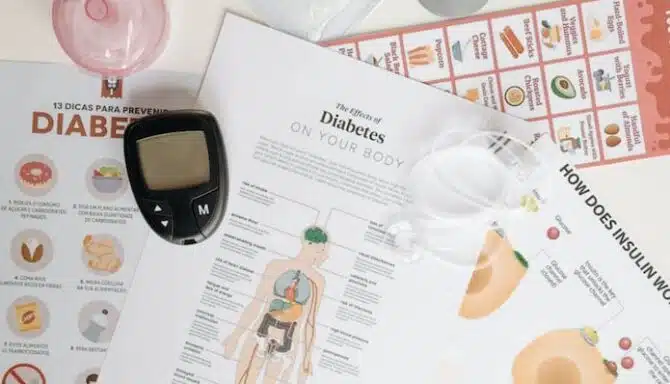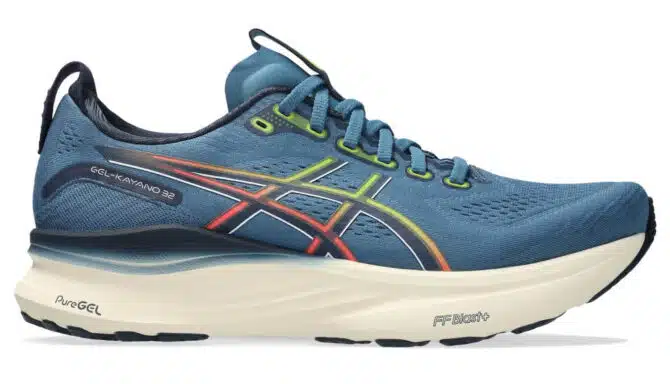Many of us enjoy going for walks, especially when Toronto weather starts to cooperate! It can be a confusing experience when your calves start hurting when going for walks. Often, this is caused by muscle tightness. However, it is important to note that sometimes there can be a more serious culprit before calf pain.
Today we’ll discuss some causes of calf pain, and we’ll be sure to provide thorough information about treatment and preventative options you can look into. Some treatment options will involve seeking the help of a qualified chiropodist, while others may focus on at-home foot and leg care, and other forms of medical attention.
What Causes Calf Pain While Walking?
Calf pain can be associated with many conditions, here are a few we’ll discuss today:
- Achilles tendonitis
- Muscle strain
- Diabetic neuropathy
- Peripheral artery disease(PAD)
Achilles Tendonitis
Achilles tendonitis is a foot condition causing pain in the Achilles tendon, located on the back of the lower leg. Walking and other forms of exercise can lead to Achilles tendon pain, typically felt as an ache just above the heel. It is usually the result of overexertion, wearing the wrong footwear, and being on your feel for long hours. Any one of these factors, or a combination of the three, can cause the tendon to be strained. Athletes and people with Flat feet are at a higher risk of developing this condition.
Treatment for Achilles tendonitis involves a combination of chiropody efforts and at-home foot care. Learning stretches that you can perform from home, like the Soleus stretch, can strengthen the Achilles tendon and provide pain relief. Your chiropodist may suggest you invest in a pair of Insoles or assess you for a pair of Custom orthotics. To recover properly, you should maintain lighter forms of exercise for a period, like cycling. After a while, you can gradually ease back into high-intensity sports.
Muscle Strain
You may notice calf soreness while walking because you have strained your calf muscle. A calf strain can be caused by movements the muscle is not accustomed to. An example would be accelerating while playing sports, pushing off on your calf muscle. Wearing tight running shoes that need to be replaced can also contribute to the pain.
Depending on how painful the strain is, you can do some stretching from home that focuses on the calf muscle. For example, the soleus stretch that we mentioned previously can help your calf muscles. If the pain is severe, you should rest with your leg elevated, applying an ice pack to your calf. After the pain has subsided a certain amount, you can work on your mobility.
A Video gait analysis, which is essentially a walking test and observation of your gait, can provide you with insight into how you’re walking. Your gait may be setting yourself up for future pain in your calf muscles and you don’t even realize it! You should also replace your running shoes if they’re old and don’t fit comfortably.

Diabetic Neuropathy
If you’re a diabetic, diabetic neuropathy may be causing your calf pain, in addition to foot pain. Moreover, diabetics can experience a dull ache, numbness and a tingling sensation in their calves and feet, which can worsen during a walk. Harvard Health Publishing attributes this to “starved nerve vessels” that do not receive sufficient oxygen. This is due to high blood sugar levels in diabetics leading to neuropathy, which damages blood vessels and prevents them from supplying oxygen to nerve vessels.
As for treatment, all diabetic patients should schedule, as the very minimum, an Annual foot care assessment with a Chiropodist. In addition to an annual assessment, they should also maintain regular visits with their foot specialist. A foot specialist can ensure that serious foot complications from neglected diabetic neuropathy are avoided.
Diabetic foot care can help with foot and leg pain and prevent foot ulcers. It also includes prescribing proper footwear, such as custom orthotics and Orthopaedic footwear. Furthermore, chiropodists can tend to wounds on the foot that have gone unnoticed by patients due to nerve damage. Diabetics should also strive to keep their blood sugar regulated.
Peripheral Artery Disease (PAD)
Peripheral artery disease, commonly known as PAD occurs when “fat and cholesterol-filled plaque narrows arteries, and blood clots collect on the plaque, narrowing them further.” This is called atherosclerosis. Furthermore, “in peripheral artery disease, the arteries affected by atherosclerosis tend to be the ones that supply the leg muscles.” Pain is commonly felt in the calf and becomes worse while walking, only subsiding momentarily after rest. The pain is triggered by a lack of oxygen being distributed to muscle cells. Risk factors include high blood pressure, high cholesterol and smoking. Additionally, PAD is observable in some diabetic patients.
There are two goals when treating PAD, managing calf and leg pain and reducing your risk of a Heart attack or stroke. For the latter, you should maintain regular visits with your family doctor and abide by their advice concerning lowering your cholesterol and blood pressure. PAD patients should also check in regularly with their foot specialist when experiencing calf and foot pain, and practice vigilant at-home foot care.
Please note, calf pain can also be caused by:
- Varicose veins
- Sudden muscle cramping
- Blood clotting
- Shin splints (commonly felt in the front of the calf)
- Sprains
- Fractures
Are You Experiencing Calf Pain?
Our foot clinic is trained to assess your lower legs and feet. All under one roof, our team can handle any of your concerns. From mild, to critical, we cover all sides of the spectrum and will ensure you’ll be on your way to recovery. Call Feet First Clinic to ask about actionable steps towards your solution today!
Call us at 416-769-FEET(3338) or Book Your Assessment Today!












